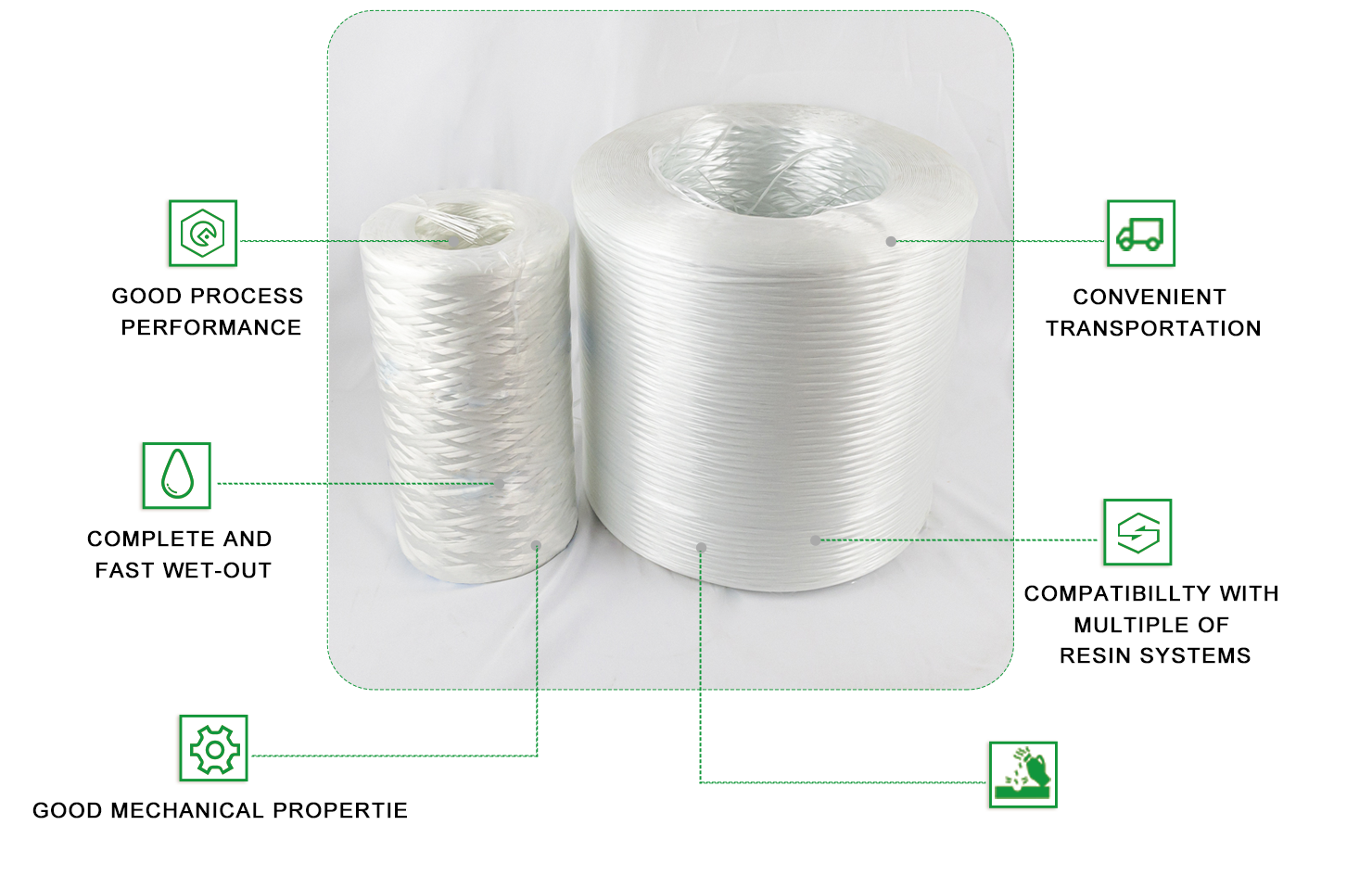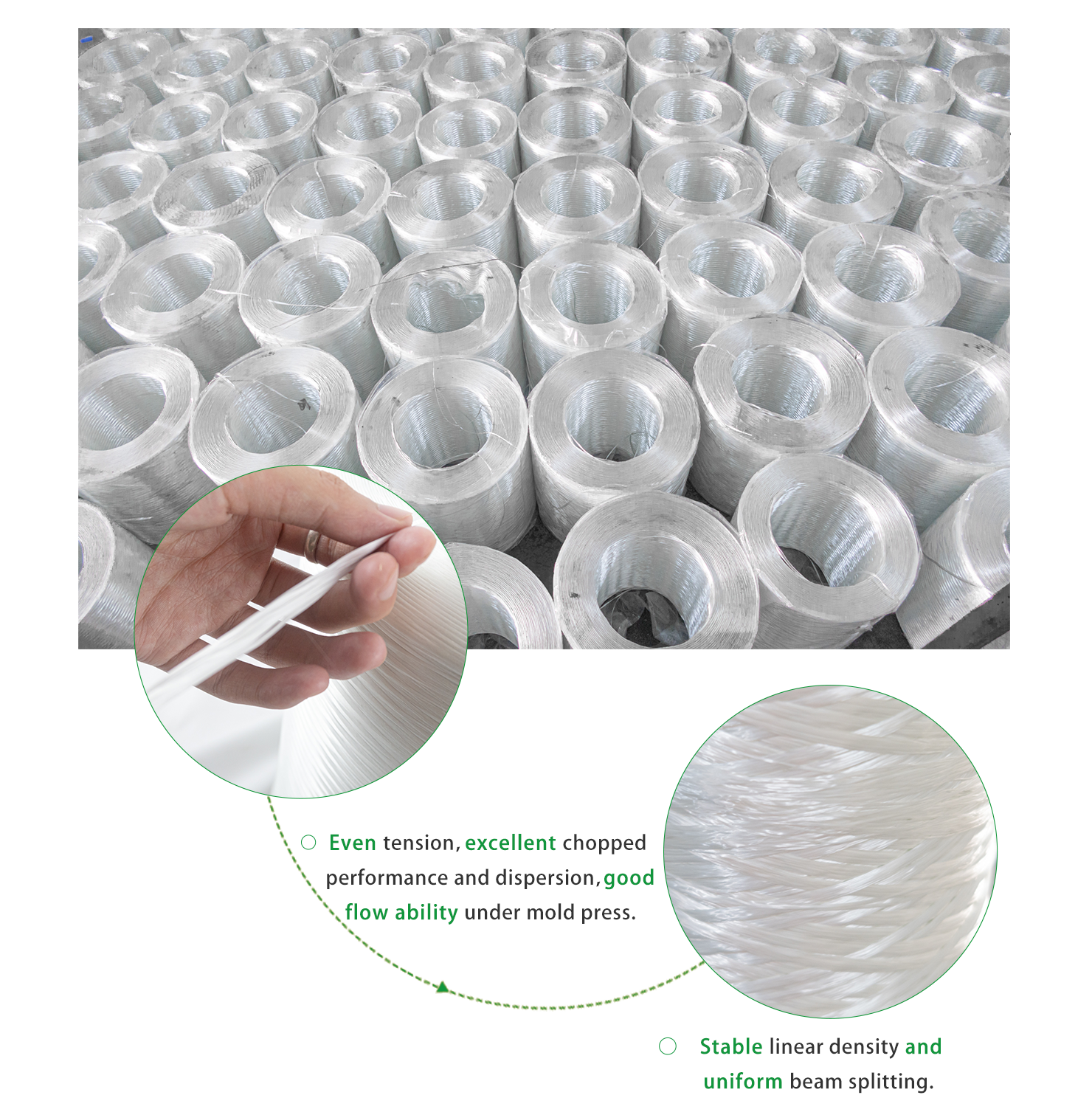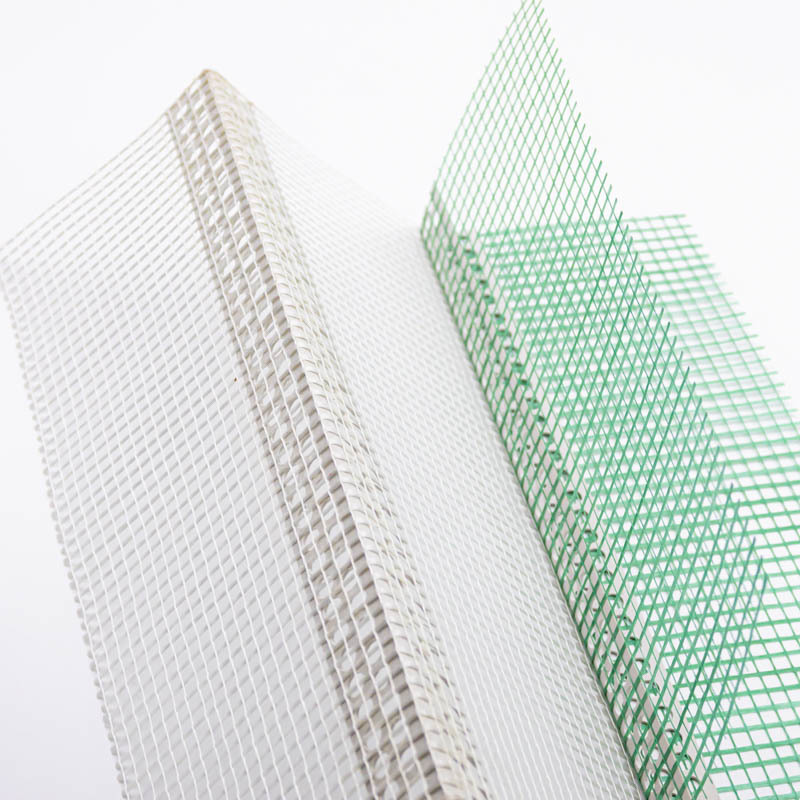Welcome To Hebei Xiongan Hengyun Technology Co., Ltd.
 Esperanto
Esperanto
 Shqiptare
Shqiptare
 Euskara
Euskara
 Zulu
Zulu
 Latinus
Latinus
 Cymraeg
Cymraeg
 தமிழ்
தமிழ்
 Slovak
Slovak
 Slovak
Slovak
 Afrikaans
Afrikaans
Fiberglass Roving Industry: Innovation, Expansion, and Market Trends
2025-07-25
The fiberglass roving industry is booming, fueled by tech progress, rising demand across sectors, and a focus on sustainable, high-performance materials. As a key part of composite production, it’s vital in construction, automotive, aerospace, and renewable energy.
Technological Breakthroughs
Manufacturing tech in fiberglass roving is advancing rapidly. Firms invest in R&D to boost production, creating higher-quality products. Better fiber drawing makes roving with uniform diameters and stronger tensile strength, enhancing composite durability and environmental resistance.
New coating technologies improve compatibility with resins. Specialized silane coatings, for example, strengthen adhesion and protect against moisture and corrosion, making composites more reliable.
Expanding Applications
Applications for fiberglass roving are growing fast. In construction, it’s used in high-strength, lightweight materials like FRP beams and columns, reducing building weight and boosting energy efficiency and seismic resistance.
The automotive industry relies on it for lightweight parts—bodies, bumpers, interiors—to cut vehicle weight, improve fuel economy, and enhance safety via better impact resistance.
Renewable energy, especially wind power, is a big market. Wind turbine blades, needing strength and lightness, use fiberglass roving, with demand set to soar as clean energy grows.
Global Expansion
Companies are expanding globally. China, a major player, adds capacity with advanced plants for competitive, quality roving. Asia’s India and Thailand attract investment for skilled labor, low costs, and growing markets.
Africa is emerging too. Egypt, rich in quartz and limestone, hosts Jushi Egypt’s plant (340,000 tonnes/year), making it Africa’s top and the world’s fourth-largest fiberglass producer.
Sustainability Steps
The industry is going green. Efforts to cut energy use, waste, and develop eco-friendly materials are underway. Some use recycled glass to reduce virgin material needs and carbon footprints. Work on biodegradable resins for use with roving is also progressing.
Challenges and Outlook
Challenges include fluctuating raw material and energy prices, plus intense global competition demanding constant innovation.
Yet the future is bright. With end-use industries growing and demand for sustainable, high-performance materials rising, fiberglass roving demand will climb. Tech advances will drive better, greener products. Global expansion into new markets ensures the industry will grow, aiding economic development and a sustainable future.
In conclusion, innovation, expansion, and sustainability are shaping the fiberglass roving industry. Its role across sectors will keep it key to global progress and the shift to sustainability.
market demand,production capacity,automotive sector,sustainable materials,global expansion,composite materials,technological advancements,fiberglass roving
Related news
Fiberglass Roving Industry: Innovation, Expansion, and Market Trends
2025-07-25
Fiberglass Corner Mesh: Revolutionizing Construction with Durability and Precision
2025-07-23
Fiberglass Mesh: The Revolutionary Material Reshaping Global Construction and Renovation Standards
2025-07-21









